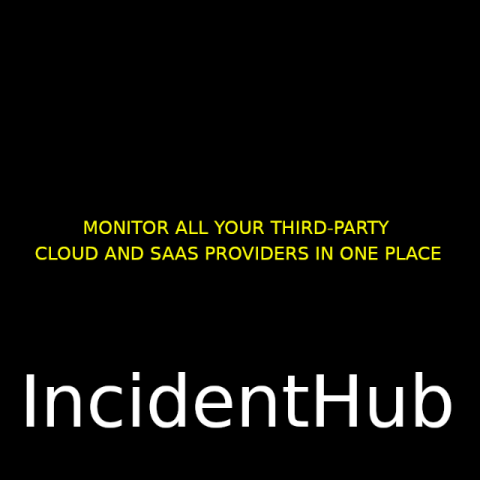On-call scheduling to streamline incident response systems in high-velocity teams
Murphy's Law says that "Anything that can go wrong will go wrong," drawing attention to the inevitabilities of life laced with irony. In IT monitoring, we can tweak it and say, "The most important monitoring alert will always trigger when you're on vacation with spotty internet." Given life's uncertainties, how can IT engineers stay prepared at all times? Especially when we know that all it takes is just one person staying alert and available when things go wrong in IT to tide over outages.











